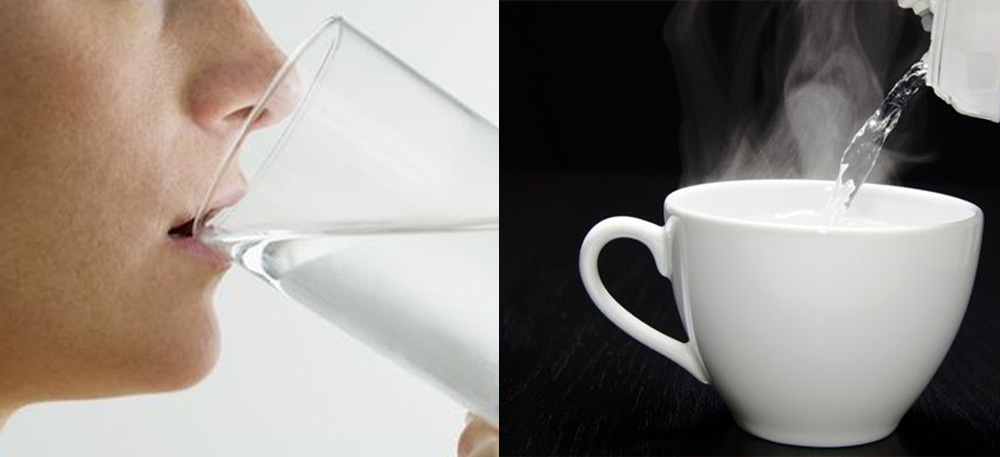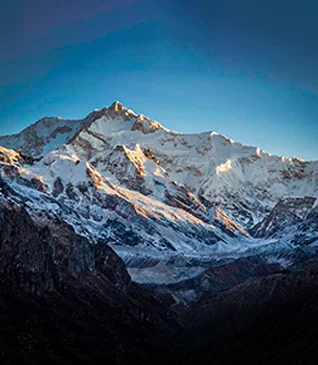Index
- Backpack
- Cold protection
- Personal Hygiene
- Hydration
- Food
- Equipment
- When it is Snowing
- Sleep
- Acclimatization
- Your Team
Winter in the Himalayas brings diamond ice covering the beautiful mountains. Hiking on these mountains is living in the present while creating footprints that mark your presence in the gone moment. Though these footprints are mortal, the sensation of the snow on our feet remains forever with us. The breeze burns our noses, leaves our bodies shivering, and the trail shines hard on the eyes, yet all this is negligible in front of the overwhelming beauty of the winter world.
If the beauty of this world is exceptional, surviving in this winter wonderland is proportionately difficult. Some things need to be unlearned and some to be learned. Because, just like every other situation, winter treks also have their own Do’s and Don’ts and they are;
Backpack

Do
- Keep it light. Carry lightweight fleece and down jackets. Try to bring multi-functional woolen buffs, which can be used as a cap as well as to cover the face.
- Get all the lightweight, warm clothes.
Don’t
- Carry heavy woolen sweaters or down jackets. Only 1-2 fleece and 1 thick jacket work fine. Wear layers of T-shirts if you feel colder.
- Cold protection
Cold protection
.webp)
Do
- Wear layers of T-shirts or trousers, instead of wearing 3-4 jackets or 1 thick trouser. During day time when the sun is out, you may feel warm. Therefore, wear clothing such that you can remove layers.
- Use 2-3 woolen socks to keep feet warm while sleeping
- Keep your head and body covered. Avoid as much as heat loss possible
- Use sunscreen, moisturizers, and lip balm for skin protection
Don’t
- Keep your face open. The cold temperatures affect your face too. So, always try to cover the face with a face mask or buff.
- Compare yourself to others. Everybody has different resistance towards cold. Some may feel cold and some may not. So, if you are feeling colder, just protect yourself. Do not ask why me.
Personal Hygiene

Do
- Use hand sanitizer instead of washing hands frequently with cold water.
Don't
- Never wash your face with extremely cold water in the morning. Avoid brushing your teeth too in the morning. You can always wait until noon when it is hot outside and the water gets a little warmer.
- Dry toilets also freeze, considering the soil freezes. Yet, try to cover the pit properly.
- Don’t ask for warm water to wash your hands. Remember that heating water at that temperature takes infinity, which means fuel wastage.
Hydration

Do
- Drink warm water only. Drinking cold water is anyway difficult on slopes. Fill your water bottles with warm water, so it remains in liquid form longer, or else water may freeze. Try to carry a thermos if possible.
- Drink hot soup, and tea to stay hydrated.
Don’t
- Drink cold water, it will cause cough and cold.
- Don’t let the hydration bag pipe freeze. Fill it with warm water to avoid that or keep it inside your bag such that it remains warm.
Food

Do
- Eat full. Complete every meal. The busier your stomach, the warmer it will keep your body.
Don't
- Ever skip a meal due to a cold or just because you don’t like a vegetable?
- Eat protein-rich, spicy food. Eat carbs and easily digestible food for instant energy.
Equipment

Do
- Use a trekking pole with a snow cap to walk efficiently on snow
- Use crampons, microspikes, or whatever is issued on the trek. Ask and learn the proper technique of using these if you don’t know.
- Wear good quality, waterproof/water-resistant shoes, such that they keep your feet warm while walking.
Don't
- Use crampons or microspikes lightly. They may hurt you or the people around you. So, keep and use them correctly.
- Loose equipment. Always look after the equipment issued to you, because losing them in the snow means never finding them. Searching for them in deep snow is risky.
- Don’t invest in low-quality, cheap gear when it comes to fighting the cold in the mountains. If you are not a frequent trekker and you wish not to spend money on one-time gear then rent the materials.
- When it is Snowing
When it is Snowing
Do
- Use your hands to clean the snow accumulated on the tents and do not point objects. Pointed things can tear the tent.
- Work with your tent mate as a team to clean the tent. Wake up in turns, so that you can get some sleep.
- Use windproof jackets, and a poncho to protect yourself while walking.
- Cover your face and head when it is snowing and windy.
Don't
- Don’t keep your shoes outside the tent. Keep it inside the tent under the outer cover.
Sleep

Do
- While sleeping, place your sleeping bags in the center. Keep your backpacks on the outer side beside your sleeping bags. Sleeping at the center of the tent and next to your tent mate will keep you warm.
- Always inform your tent mate if you are leaving your tent at night. The best is to take your buddy with you.
Don't
- Miss your precious sleep. It is important for quick recovery. Try to figure out why you can’t sleep and take the necessary steps to get complete sleep. Usually, sleep in the mountains is not 5-6 hours at a stretch, it is in breaks. Yet, the sum of the breaks must be 5-6 hours. Use all the tips mentioned in the above points to sleep comfortably.
Acclimatization
.webp)
Do
- Use natural remedies for acclimatization. Usually, winter treks are up to 12,000 feet with slow height gain. Yet, there may be chances of AMS. So, take proper precautions. Drink enough water, and don’t exert your body.
- To avoid exertion, your body must be in good physical condition. Make sure you prepare well for winter treks. An easy trek means it is moderate in winter due to the added difficulty of snow and cold. In short, in winter, all the treks are difficult.
Don't
- Depend on Diamox. Try to acclimatize naturally. However, if you wish to consume Diamox, consult a doctor, make sure to complete the course, and inform your Trek Leader.
- Don’t consume any medication on the treks without informing your Trek Leader.
Your Team
Do
- Follow the instructions of your Trek Leader or guide. They know which path is less risky, just literally follow their footsteps.
- Trust your team and fellow trekkers. Remember in the worst conditions, they are the ones who will help you.
Don't
- Underestimate or disrespect your team.
- Don’t hide any discomfort or medical issues from your Trek Leader. The winter will come every year. But for you to keep coming, you must safely return now.





.webp)










.webp)


